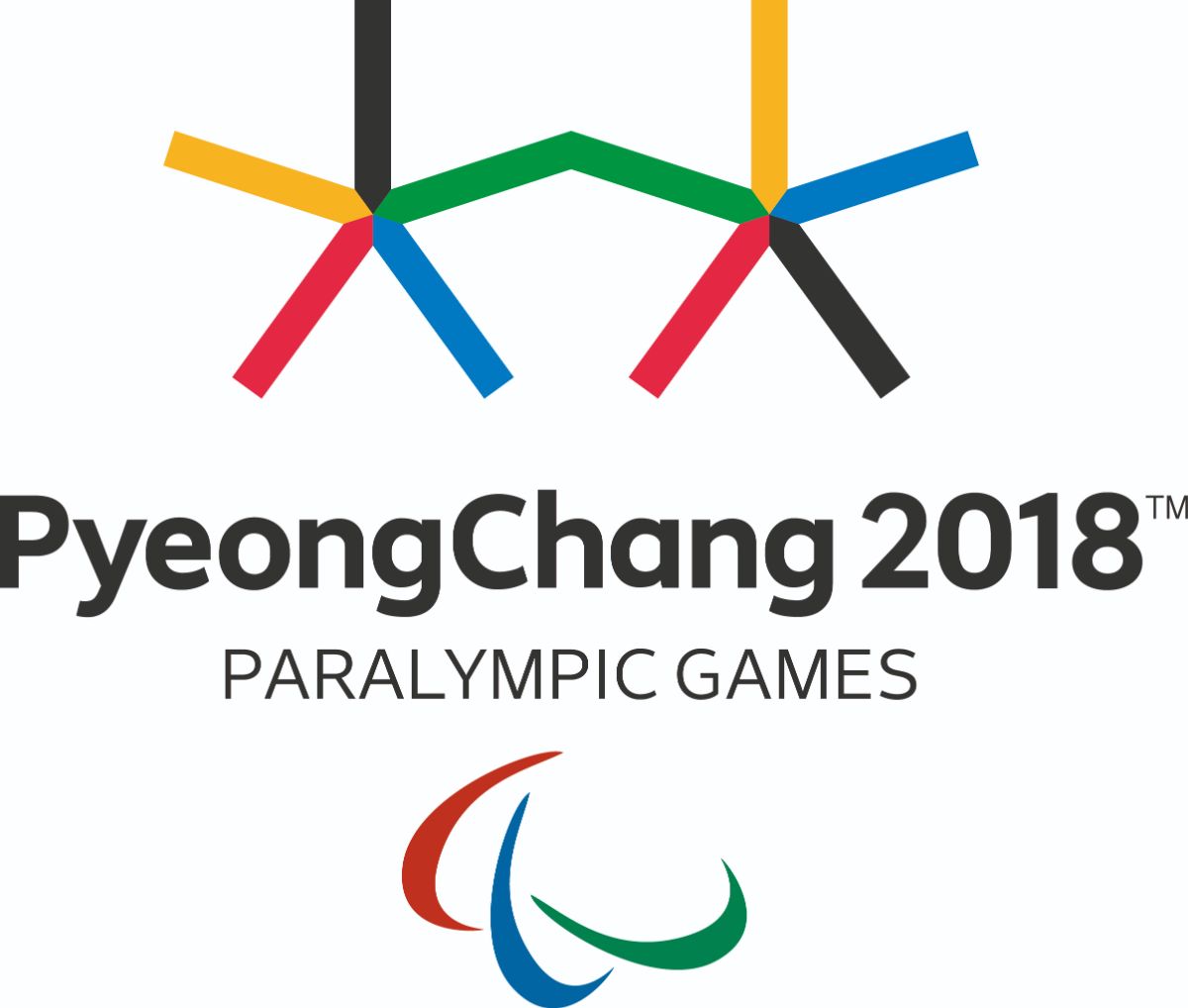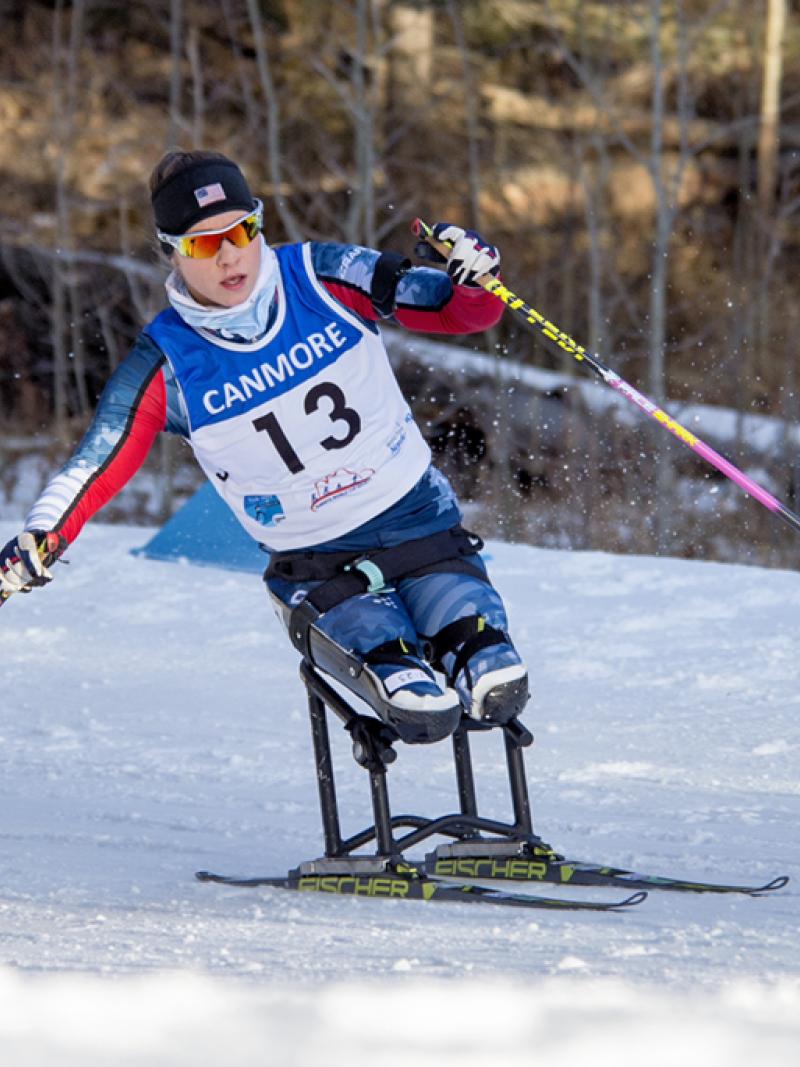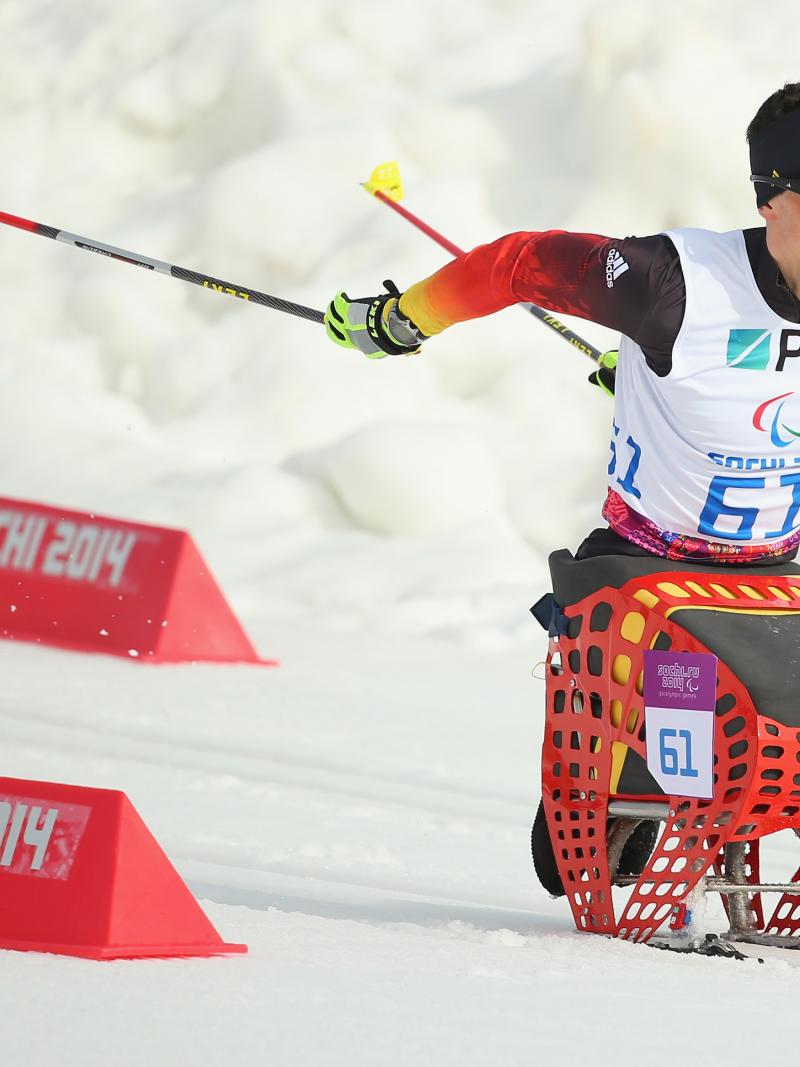PyeongChang 2018 Sport Week: Introduction to biathlon
Competitions open to athletes with both physical and visual impairment 15 Jan 2018Following on from alpine skiing, this week sees biathlon in the spotlight as we kick off the second of the International Paralympic Committee’s PyeongChang 2018 Sport Weeks. Today (15 January), the week begins with an introduction to the sport.
When biathlon was first introduced to the Paralympic Winter Games in Innsbruck, Austria, in 1988, only athletes with physical impairment could compete. Visually impaired athletes became eligible to compete four years later in Tignes-Albertville, France.
The biathlon events consist of a 2.0km or 2.5 km course skied three or five times for a total race distance between 6-15 km. Each race is divided into two or four shooting rounds, where athletes must hit two targets located at a distance of 10m with a rifle. Each miss is penalised by an increase in the overall route time.
The most important success factor lies in the capability of alternating the skills of physical endurance and shooting accuracy during the competition. Athletes with visual impairment are assisted by acoustic signals, which depending on signal intensity indicate when the athlete is on target.
Male and female athletes are divided into three categories – sitting, standing and visually impaired – according to their impairment and compete across three events: sprint, middle distance, long distance.
Norway’s Ragnhild Myklebust, the second most decorated Paralympian ever with 22 golds, three silvers and 2 bronze, was a Nordic skier, as well as an ice sledge racer.
The sport is governed by the International Paralympic Committee (IPC) with co-ordination by the World Para Nordic Skiing Technical Committee following the modified rules of the International Biathlon Union (IBU).











